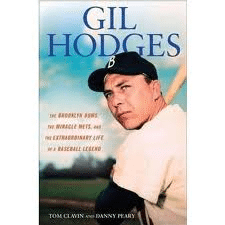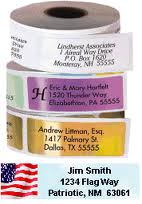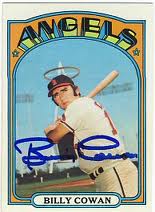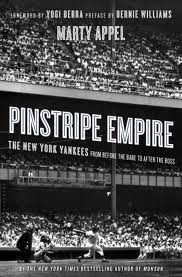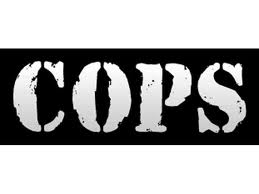I wouldn’t have tried such a feat, but I’m glad they did.
A tip of the collector cap to authors Tom Clavin and Danny Peary, the brave souls behind Gil Hodges: The Brooklyn Bums, The Miracle Mets, and the Extraordinary Life of a Baseball Legend (New American Library/Penguin Books, $26.95).
The authors interviewed 130 people to reconstruct the biography of Hodges, who wasn’t the most talkative man of his baseball generation. While Clavin and Peary quote from published work, they discovered quickly that reporters couldn’t count on Hodges for Casey Stengel-like quips or fiery criticisms of players.
Nevertheless, the book is a winner in showing Hodges as baseball’s heroic “Quiet Man.”
One fan, a 1950s teen, told the authors of the “John Wayne aura” that Hodges radiated, while saluting the Brooklyn first sacker for signing autographs and chatting with fans after games.
A seven-year-girl in the midst of a six-month stay in the hospital’s local polio ward remembered Hodges. When the kids sang Take Me Out to the Ballgame when the Dodgers came to visit, he scooped up the girl and danced with her when she shouted “Dodgers!” during the song. “Sixty years later, I remember that. I needed the hug Gil gave me when we danced.”
Teammate Carl Erskine talked about how Hodges would blow kisses to his wife after home runs. It seems she coached him out of a 1950 batting slump. Amazingly, Erskine mentions a few pages later that the first baseman’s savvy side — how he would rub up the game ball with a bit of pine tar during games to give his fellow Indiana native an advantage on the hill.
Credit Joan Hodges for sharing lots of personal memories of the spouse who died in 1972 on the golf course, just shy of his 48th birthday. Die-hard fans may have inklings of all Hodges did as a Dodger, Senator and Met. However, knowing him as a husband and father help paint a complete picture of this admirable individual.
Meanwhile, authors Clavin and Peary are impressive in their sincere pitch to get Hodges another look with Hall of Fame voters. Give their book a look, and you may agree.
Coming Monday: The place-based advantage most TTM collectors overlook.

